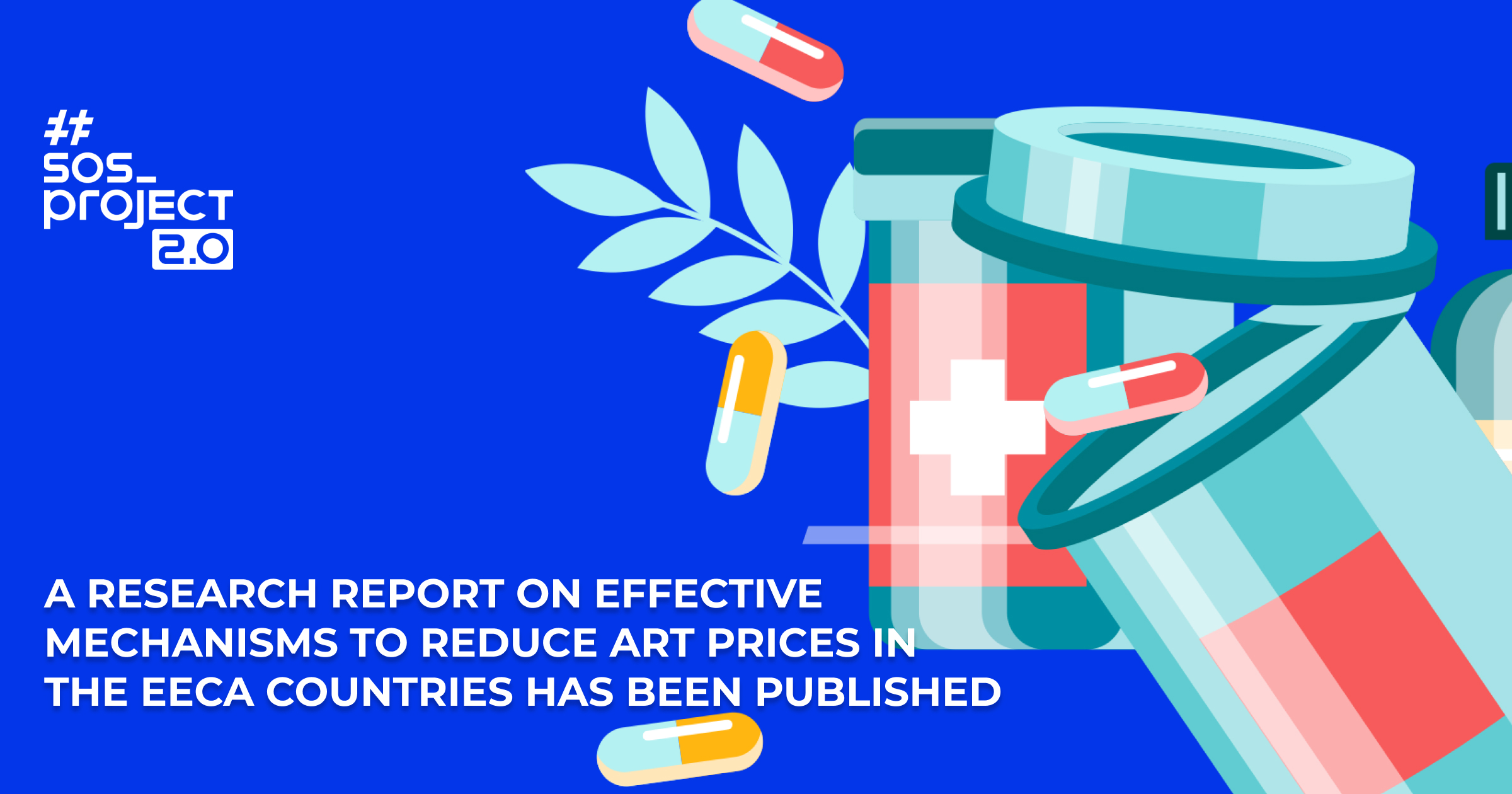Researchers at The Economist have examined the issue of pricing and published a new report on the mechanisms for reducing antiretroviral drug prices in Eastern Europe and Central Asia in a report.
In the Eastern Europe and Central Asia (EECA) region, the spread of HIV is one of the fastest growing in the world. Over the past decade, achieving UNAIDS targets in this region has been difficult and some indicators have even worsened. The number of new HIV infections and AIDS-related deaths is increasing rather than decreasing. The mainstay of HIV treatment and the key to controlling the HIV epidemic worldwide is antiretroviral therapy (ART). Generic versions of antiretroviral drugs (ARVs) and international donor support for their procurement mean that they are widely available at relatively low cost. However, EECA countries continue to pay more for this treatment than other regions, due in part to government corruption, complex procurement processes, limited competition, and intellectual property and trade barriers.
With donor funds dwindling, many low- and middle-income countries in EECA are forced to look for alternatives to procure ARVs and fight the HIV epidemic. In this context, reducing ART prices is crucial. This report examines some initiatives and solutions to reduce ART prices using examples from five EECA countries that are undergoing funding changes:
- Increase transparency of ART prices: National governments should publicize price and procurement information to ensure effective pricing and prevent corruption.
- Community action: Civil society organizations led by people living with HIV and budget advocacy groups play an important role in ensuring access to ARVs in EECA countries. Public campaigns, disclosure of drug prices, fighting patents and negotiating with manufacturers are some of the methods used by civil society organizations to achieve treatment accessibility.
- national procurement: In some EECA countries, national procurement agencies have been established instead of using donor funds. These agencies need political will, transparent national legislation, generic competition and ongoing advocacy by civil society organizations to ensure ARV availability and international competitiveness.
- Generic competition: An important strategy to reduce the average price of ART per person is to have a large number of generic drugs on the market. The work of civil society organizations, flexibilities under intellectual property rights (TRIPS) and other national laws governing registration and procurement of medicines promote generic competition.
- Support donor funds and international organizations: Despite the transition to public funding, the Global Fund, the United Nations Development Program, and UNICEF continue to support a wide range of HIV responses and provide guidance for a successful transition.
Research supported by the Alliance for Public Health and #SoS_2.0






